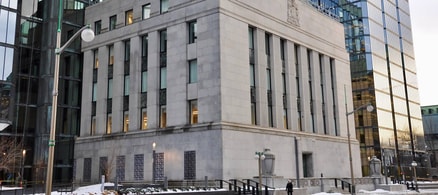HFT is known not only for rapid-fire purchases and sales, but for its high rate of share turnover. The algorithms aren’t looking for long-term holds. They flip shares as soon as the data says they should, experts note. The profit on a single trade may be a fraction of a cent, but multiply that by billions of trades on multiple exchanges throughout the trading day and the strategy starts to make sense.
Many firms engaged in HFT are plugged into exchanges that average investors won’t even be aware of. When their algorithms detect that the price of a share is lower on Exchange A than it is on Exchange B — a difference that may only exist for a few seconds or in some cases fractions of a second — a common strategy will be to purchase a large number of shares on Exchange A and then sell them on Exchange B, almost instantly, for a slightly higher price.
Because high frequency trading is also high tech trading, larger investment firms, which have the capital and capacity required to develop, construct and maintain cutting-edge HFT infrastructures, tend to be the most successful users of this strategy.
So it’s no surprise that HFT has come under criticism for replacing human broker-dealers and putting smaller brokerage houses at a competitive disadvantage. Plus, the technology was responsible for the largest intraday crash in the history of the Dow Jones Industrial Average, which fell by 1,000 points in just 20 minutes on May 6, 2010 after a substantial automated order sparked a chaotic sell-off.
That 2010 “flash crash” was a major impetus behind the addition of more “circuit breakers” to stock exchanges worldwide. Those circuit breakers are able to instantly shut down trading if a particular stock index drops by a predetermined percentage. For example, since early 2013, market-wide circuit breakers have been in place to respond to rapid single-day declines in the S&P 500 of seven per cent, 13 per cent and 20 per cent.
Circuit breakers are designed to interrupt panic selling and they’ve been relatively effective. But the 2010 flash crash didn’t usher in the circuit breaker era. That honour goes to an Oct. 19, 1987 sell-off that saw the Dow Jones Industrial Average drop 22 per cent in a single day. The first rudimentary circuit breakers were installed shortly after.
Criticisms of unfair advantage aside, HFT is likely here to stay. Experts liken complaints about the new trading models to those made decades ago when telephones and later computers were introduced to the trading floor. They note the infrastructure that supports HFT is now embedded in the markets, so it’s unwise to expect it to disappear until it’s replaced by the next tool that gives traders an edge on their competition.





